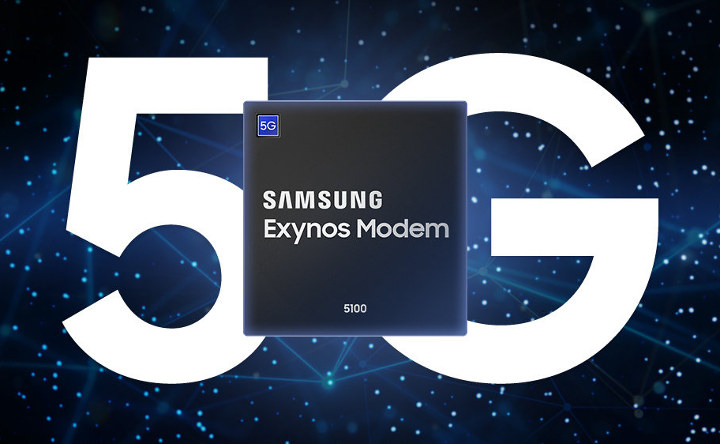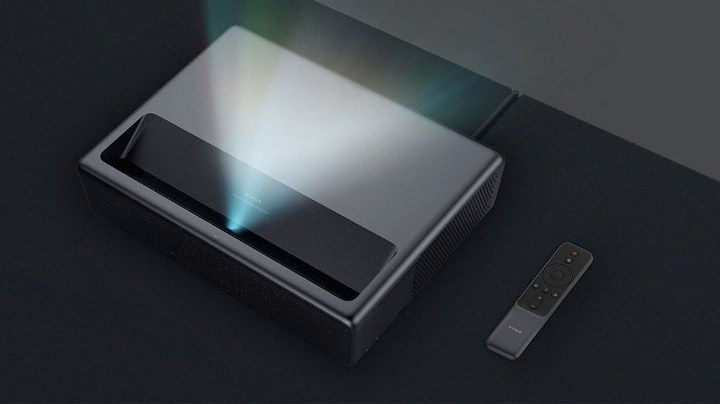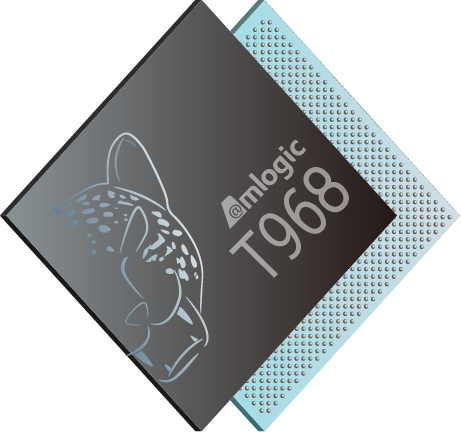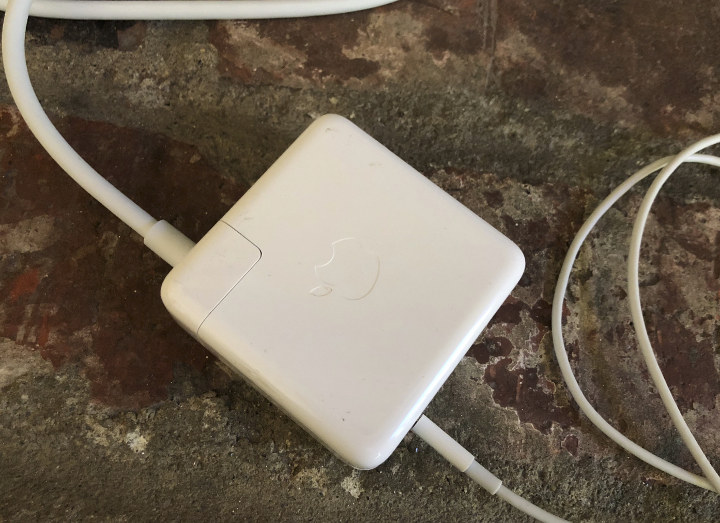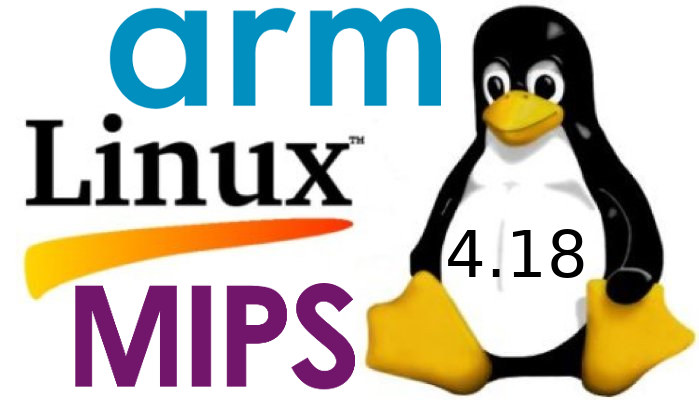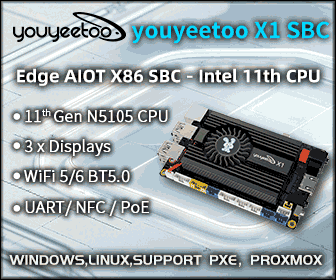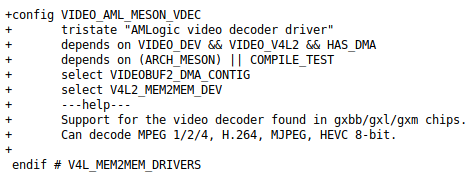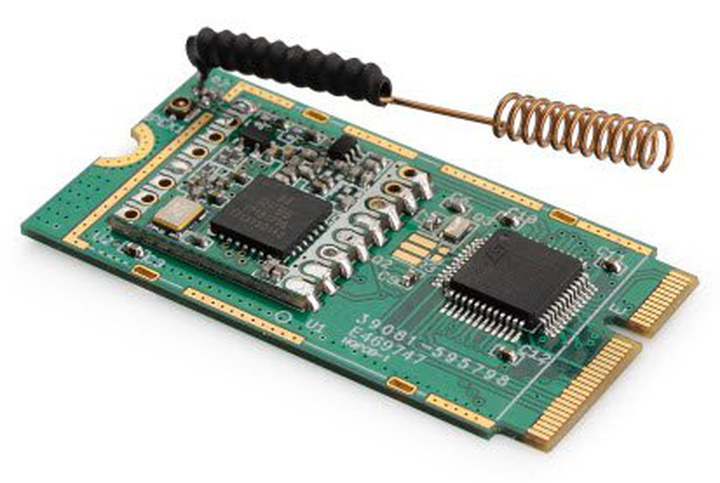Smartphones are getting better at taking photos, and cameras in high-end phones are are getting almost as good as DSLR cameras in many cases. However, one advantage of DSLR cameras is that you’d normal fit a zoom lens allowing you to take photos further away. Mobile phones are normally limited to 3x optical zoom and 5x hybrid zoom, but I’ve seen Banggood is now offering some Apexel “Telescopes” that you can clip on a phone or tablet and adds 8x to 20x optical zoom for about $8 and up. Let’s have a look at Apexel APL-18XTZJ monocular lens with 18x zoom since it’s a new arrival product. They have not provided many specific details, but the focal length is also adjustable, and it is compatible with most phones. The main thing is whether it can be mechanically clipped on top of your phone’s camera. It ships with a clip, and […]
Samsung Unveils Exynos Modem 5100 with 5G, 4G, 3G, and 2G Connectivity
5G will start being deployed sometimes next year, and we’ve already seen announcement of several 5G modem chips including Qualcomm Snapdragon X50, Mediatek Helio M70 , and Huawei Balong 5G01. Samsung has now announced their own 5G cellular modem chip with Exynos Modem 5100. Specifications: 5G NR – Sub-6GHz, mmWave Supported Modes (Backward compatibility) 4G – LTE-FDD, LTE-TDD 3G – HSPA, TD-SCDMA, WCDMA 2G – CDMA, GSM/EDGE Downlink Features 8CA (Carrier Aggregation) in 5G NR up to 6 Gbps (mmWave) and up to 2Gbps (Sub-6GHz) 8CA (Carrier Aggregation) in LTE up to 1.6 Gbps 4×4 MIMO FD-MIMO Up to 256-QAM in sub-6GHz Up to 64-QAM in mmWave Uplink Features 2CA (Carrier Aggregation) in 5G NR 2CA (Carrier Aggregation) in LTE Up to 256-QAM in sub-6GHz Up to 64-QAM in mmWave Process – 10nm FinFET Process (10LPP) The Exynos Modem 5100 is compliant with 5G NR (New Radio) standard defined by […]
Xiaomi WEMAX ONE Android Laser Projector Features Amlogic T968 Processor
We’ve previously covered some entry-level mini Android projectors like Rikomagic R5 or Nebula Capsule, but Amlogic T968 powered Xiaomi WEMAX ONE ultra short throw Android laser projector is a different beast entirely as it sells for $1949 shipped on GearBest. You can lower the price somewhat ($20 discount) with coupon IT$CN33WMX. Xiaomi WEMAX ONE (FMWS01C) projector specifications: SoC – Amlogic T968 quad core Cortex-A53 @ up to 1.8GHz with Arm Mali-T830MP GPU System Memory – 2GB DDR3 Storage – 16GB eMMC Flash Projector Details 0.47 inch DMD Resolution – Full HD ( 1920 x 1080 ) with support for HDR and 4K resolution somehow Light source – ALPD 3.0 (Advanced Laser Phosphor Display) Brightness – 1688 ANSI lumens (Claims of 7000 ANSI lumens in GearBest and other websites in English appear to be false) Color gamut – NTSC 80 – 85 percent Central contrast – 2500 : 1 – 3500 […]
Amlogic T968 Processor is Designed for Smart 4K UHD TVs and Smart Projectors
Amlogic S-series processors are the most well-known processors by Amlogic with parts like S905X or S912, but the company is also offering other families with the new A-series for smart audio applications, and T-series processor for televisions. The latter have been around for a while, and also include HDMI inputs and digital TV tuners. We hear less about them since they are embedded into more expensive devices like Smart TVs or Android projectors, although in some cases they get into TV boxes with HDMI such as Alfawise H96 mini TV box powered by Amlogic T962E processor. Today, I’ll have at one of the top TV processor from Amlogic: T968 with four Cortex A53 cores clocked at up to 1.8 GHz, and an Arm Mali-T830MP2 GPU. Amlogic T968 processor key features and specifications: CPU – Quad core Arm Cortex-A53 processor clocked at up to 1.8 GHz GPU – Arm Mali-T830MP2 GPU […]
USB Charging Actually Poses Security Risks – Hacking a Laptop via a USB-C Adapter
Smartphones have been charged over USB for many years, but with the advance of USB type-C now even laptops may be charged over USB, instead of the typical DC power barrel jack. Why am I writing about that? That’s because charging over a DC jack is normally safe, but after reading an article on BBC website, I’ve just realized when you charge over USB you also give access to the data connection, and security researcher (MG) has found a way to hack the USB-C charger of an Apple laptop and show a login prompt to steal credentials (username / password). The full details of the hack are no public, but it does require altering the hardware of the charger. So as long as you use the charger sold with your laptop, you should be safe. However, there’s always a risk if you charge from public places, or buy a charger […]
Linux 4.18 Release – Main Changes, Arm and MIPS Architecture
Linus Torvalds has just announced the release of Linux 4.18: One week late(r) and here we are – 4.18 is out there. It was a very calm week, and arguably I could just have released on schedule last week, but we did have some minor updates. Mostly networking, but some vfs race fixes (mentioned in the rc8 announment as “pending”) and a couple of driver fixes (scsi, networking, i2c). Some other minor random things (arm crypto fix, parisc memory ordering fix). Shortlog appended for the (few) details. Some of these I was almost ready to just delay to until the next merge window, but they were marked for stable anyway, so it would just have caused more backporting. The vfs fixes are for old races that are really hard to hit (which is obviously why they are old and weren’t noticed earlier). Some of them _have_ been seen in real […]
Amlogic Open Source Video Decoder Driver Coming Soon for S905, S905X and S912 Processors
Allwinner processors aren’t the only ones getting an open source hardware video decoding / encoding support in Linux, as Maxim Jourdan recently submitted a patchset to Amlogic Linux mailing list adding a video decoder driver to some Amlogic processors. The driver is written around the V4L2 M2M framework and currently supports MPEG 1/2/4, H.263, H.264, MJPEG, and (partially) HEVC 8-bit codecs. The driver has been tested with FFmpeg, GStreamer, and Kodi, and currently works on S905 (Meson GXBB), S905X/W/D (Meson GXL), and S912 (Meson GXM) processors. Those processors also support HEVC 10-bit, VP9, and VC1 codecs, and while those are implemented yet, they should be in the future. A separate commit adds support for “Overlay plane for video rendering” which support various YUV layouts and a non-alpha RGB32 layout, and will be useful for Kodi and LibreELEC ports. I came to learn about those two patchsets thanks to Neil Armtrong […]
Dragino LoRaST M.2 LoRa Card Convert Compatible Platforms into LoRa Nodes
Modern motherboards or single board computers often expose mPCIe or M.2 / NGFF socket, and we’ve seen it was possible to easily add a LoRa radio using RAK833 mPCIe LoRaWAN gateway card to hardware with an mPCIe (USB/SPI) socket. You can now do something similar with Dragino LoRaST M.2 LoRa card by inserting into a spare M.2 / NGFF socket. There’s an important distinction however, as while RAK833 is designed for LoRa gateways, LoRaST is based on SX1276/SX1278 for LoRa end nodes. Dragino LoRaST M.2 LoRa card specifications: MCU – STMicro STM32L072CZT6 Arm Cortex M0+ MCU @ 32 MHz with 192 KB flash, 20 KB of RAM, 6 KB data EEPROM LoRa Connectivity Semtech SX1276/78 LoRa Wireless Modem Available Bands – 433/868/915/920 Mhz Built-in antenna or optional external antenna via I-PEX connector Host interface – Standard M.2 (NGFF) interface Supply Voltage – 1.8V ~ 3.6V Dimensions – 22 x 42 […]


